Nineteen sixty-one was perhaps the strangest model year of the decade in the American automobile market. Manufacturers collectively had both the handsomest and ugliest cars for all the 1960s. Our Pick of the Day, a 1961 Mercury Monterey convertible, is neither, but certainly something odd was going on. It is listed on ClassicCars.com by a private seller in Branford, Connecticut.
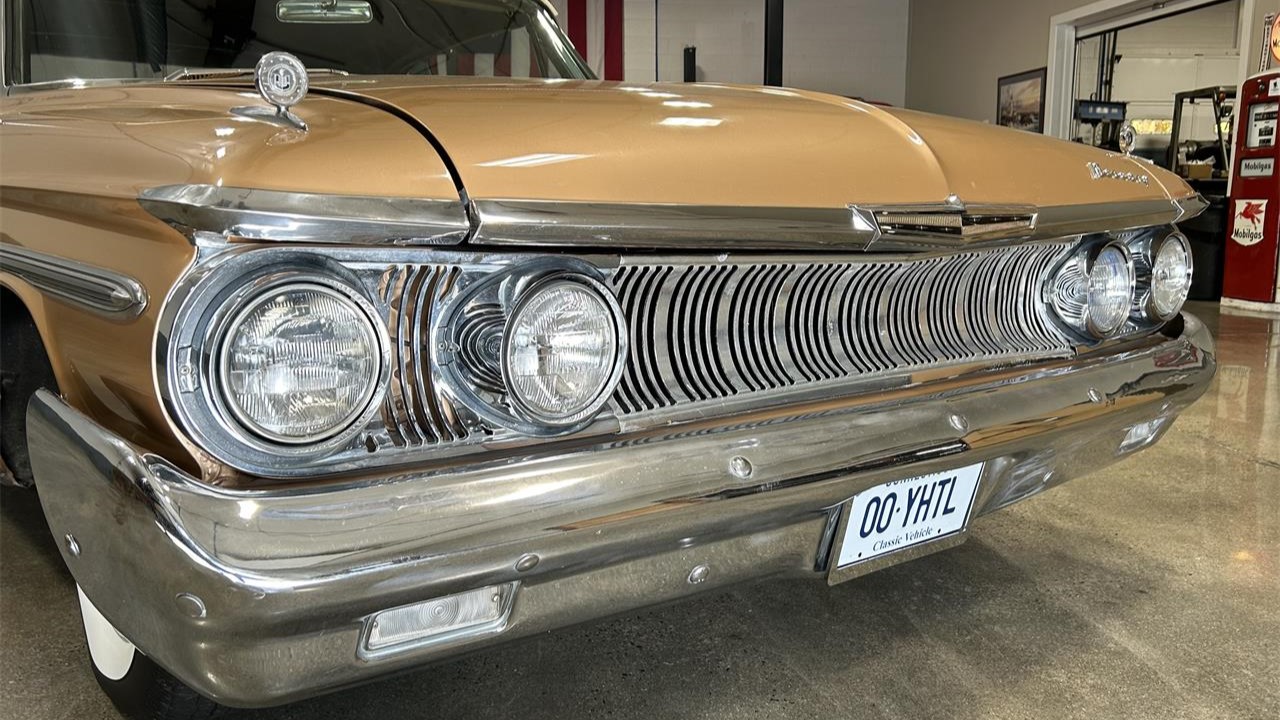
Glance at General Motors’ roster for 1961 and you have stellar style across the board. Then, look at the crosstown rival in Highland Park and you’ll note funny-looking Plymouth and Dodge models. Even in Kenosha, the AMC Ambassador looked like it was designed by Virgil Exner.
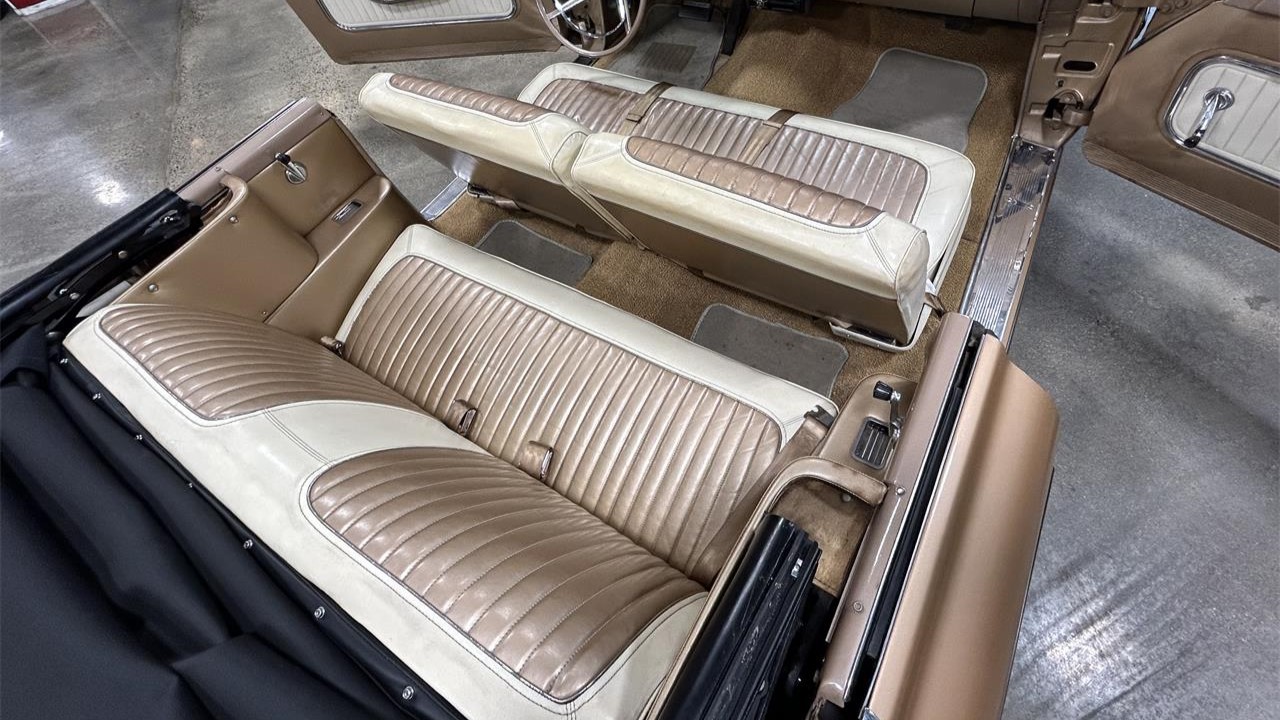
Over in Dearborn, the 1961 Ford looked quite handsome, especially with the Starliner model. Mercury, on the other hand, looked like an afterthought. The corporation had some great highs in the recent past (1958 Thunderbird, 1960 Falcon), but the lows (Edsel) dwarfed them. FoMoCo certainly had fallen off a wave and was struggling to catch it again, and nowhere was it more evident than with Mercury. As recently as 1957, Mercury became a unique brand, sharing little with Ford or Lincoln, but that all went to pot for 1960 when Mercury (once again) began sharing its platform with Ford. Customizers love the 1960 Mercury, while general collector interest has never been strong.
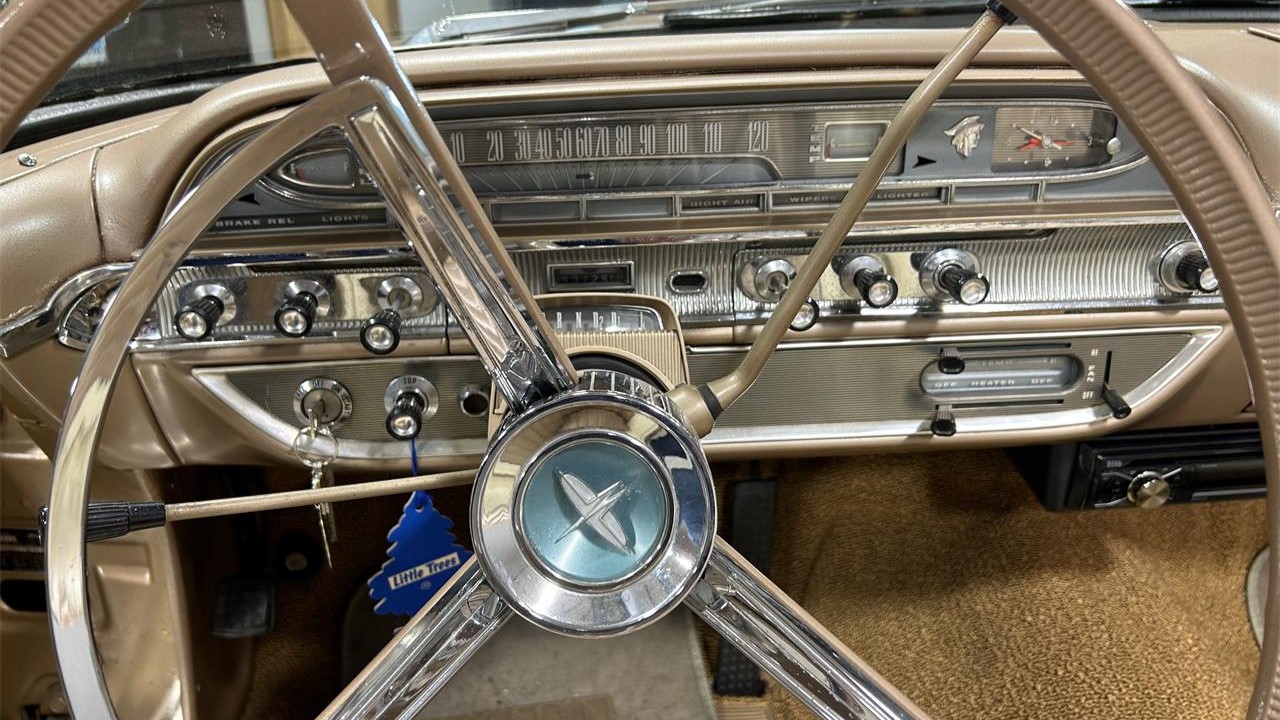
Thanks to Ford’s past investments in unique branding that led to financial disaster (it wasn’t just the Edsel), FoMoCo’s bean counters spearheaded a restructuring plan that included reducing Lincoln to one model with a nine-year cycle, and for Mercury to share bodies with Ford. Whereas FoMoCo had six divisional bodies in 1958 (Ford, Mercury, two Edsels, and Lincoln, plus Thunderbird), it fell to three for 1961 (Ford/Mercury and Lincoln, plus Thunderbird).
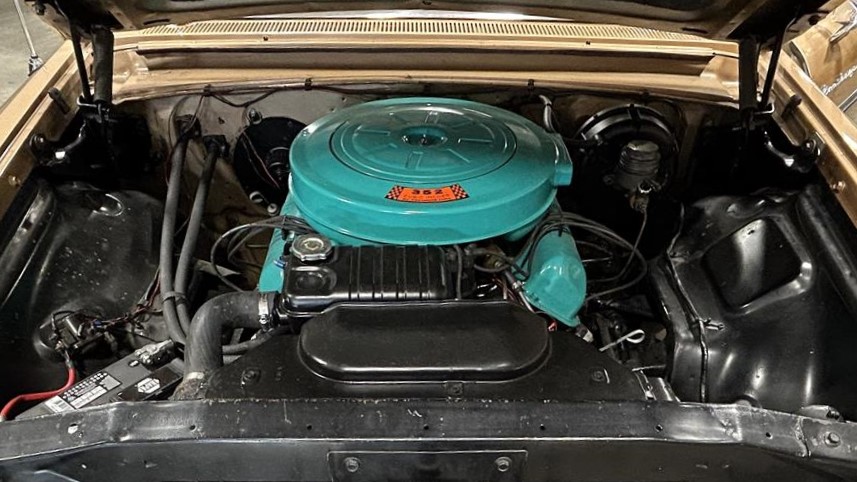
Several years before, Mercury had three or four models to choose from but, for 1961, the Park Lane and Montclair were dropped, now supplanted by Meteor 600 and Meteor 800, plus Monterey. Mercury bragged that the 600 was “priced right in the middle of the low-priced field, with such cars as the Chevrolet Bel Air and Plymouth Belvedere,” while the 800 was on par with the Impala and Fury; the Monterey was more of a pure Mercury in price point and appointments. For the first time, a six-cylinder was available, though only on the Meteors and Commuter wagons; other engines included a 292 V8, big-block 352 two-barrel, and new 390 four-barrel, the latter not available on the Meteor 600. Aside from trim and interior furnishings, the Meteor 600 featured oval taillights, while Meteor 800 and Monterey utilized three individual round taillights.
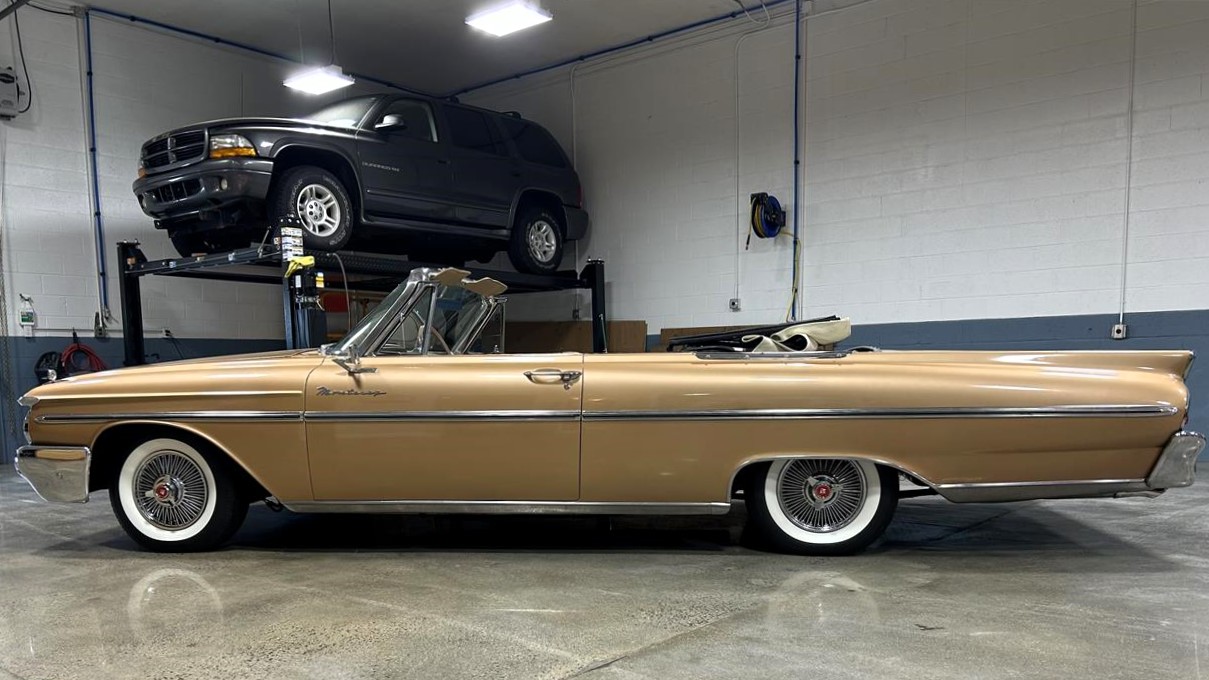
(The Meteors are not to be confused with the Canadian brand based on the full-size Ford, or the mid-size American model, a companion to the Ford Fairlane, that would appear for 1962-63.)
For 1962, Mercury began to find its mojo with the introduction of the Monterey S-55, a bucket-and-console model to join the regular full-size models (now Monterey and Monterey Custom). And, for 1963, Mercury introduced Breezeway styling, to be joined by a semi-fastback Marauder sub-model midyear. For 1964, the Montclair and Park Lane returned and, by 1965, Mercury had come full circle, now advertised as “… in the Lincoln Continental tradition.”
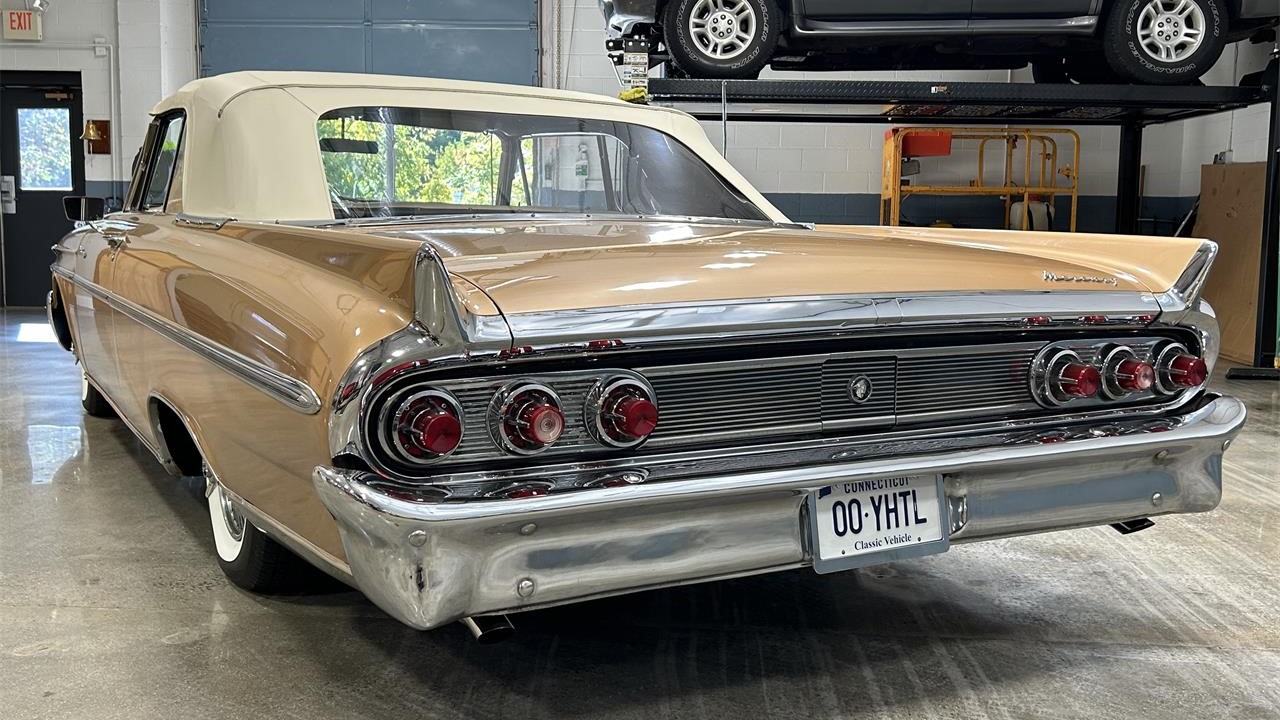
This 1961 Mercury Monterey convertible is one of 7,053 built. “Note the touches of bright metal, tasteful and restrained against the Gold Dust metallic paint,” says the owner. “Boasting a new power convertible top, carefree driving is just a finger touch away.” The 220-horsepower 352 V8 is freshly rebuilt and is connected to a three-speed automatic. Carpeting, brakes, brake booster, exhaust system, and radial tires are also new.
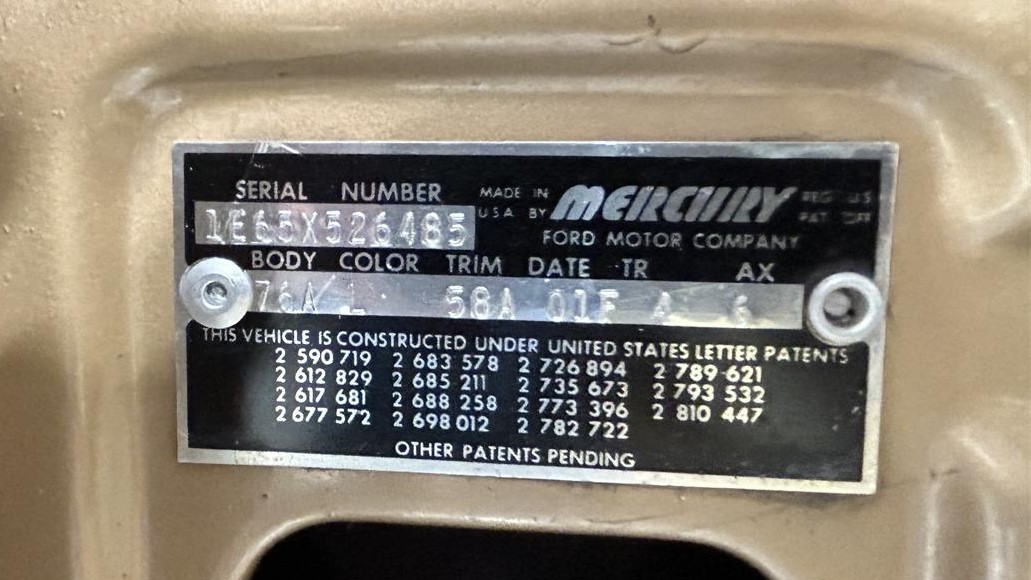
While there are plenty of cars that have had similar production runs, the 1961 Mercury Monterey convertible has ended up being much rarer due to its odd place in American automotive history. There can’t be many on the road, so it’s somewhat of a dark horse in the collector world. To fulfill your duty in being the caretaker for such an inadvertent rarity, it will cost you $35,000,
Click here to view this Pick of the Day on ClassicCars.com

